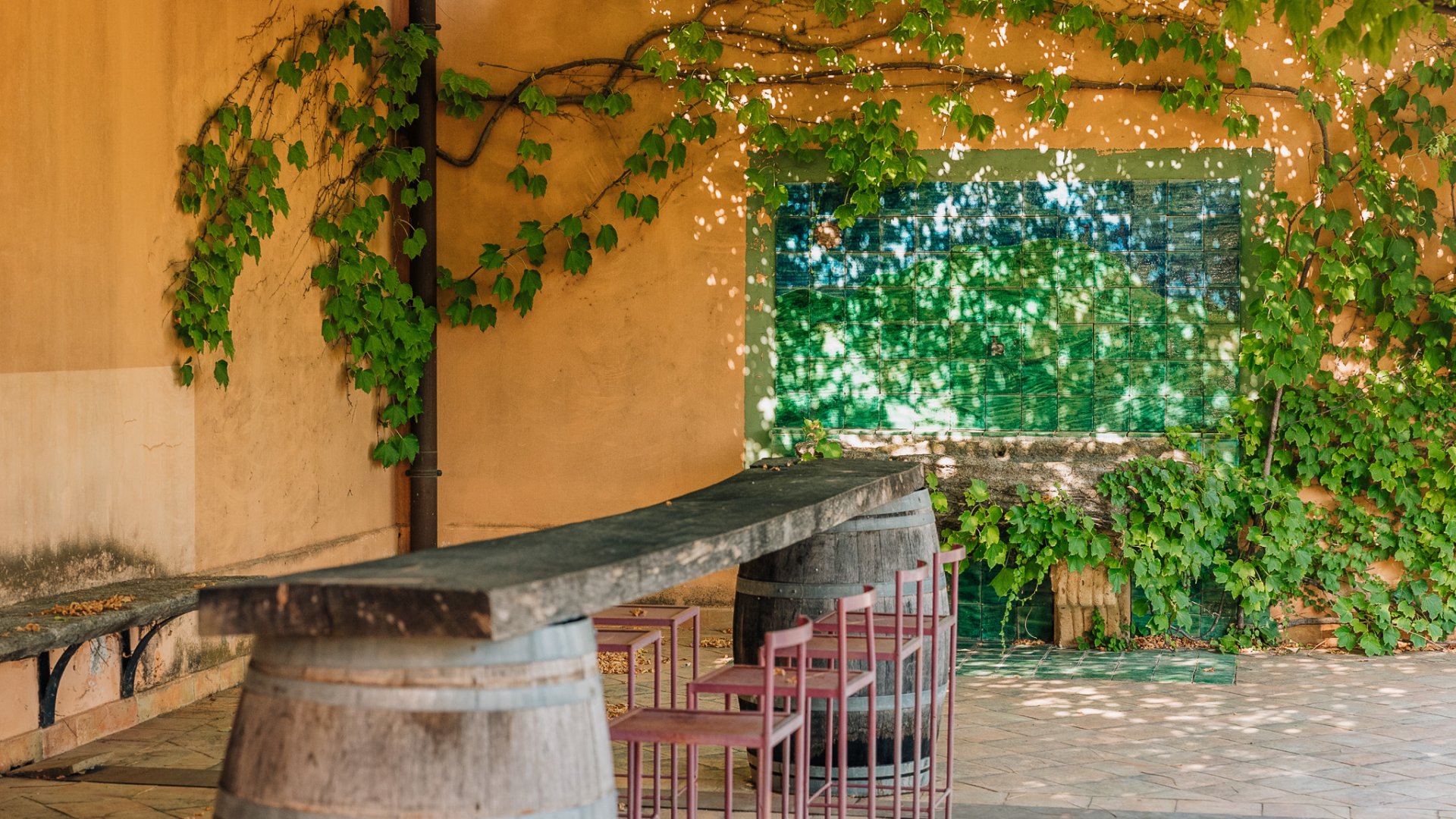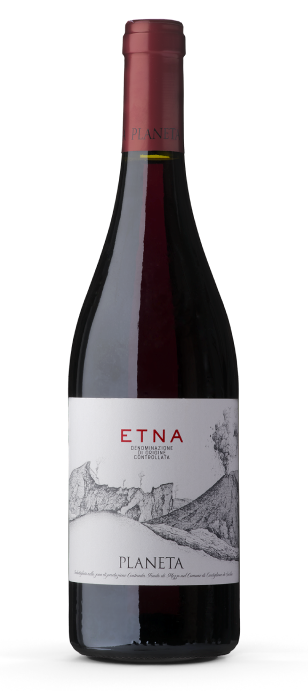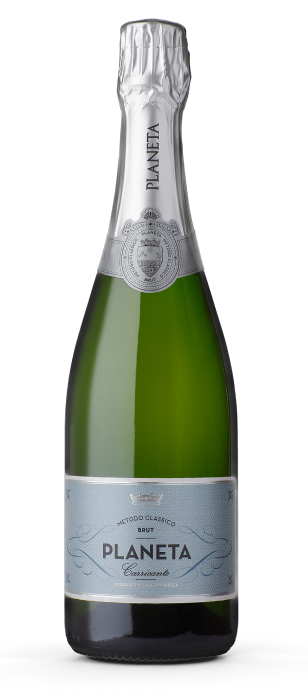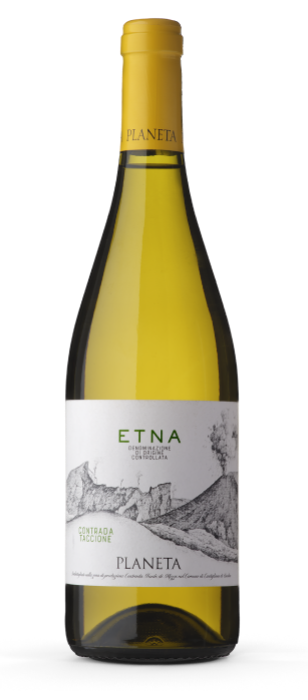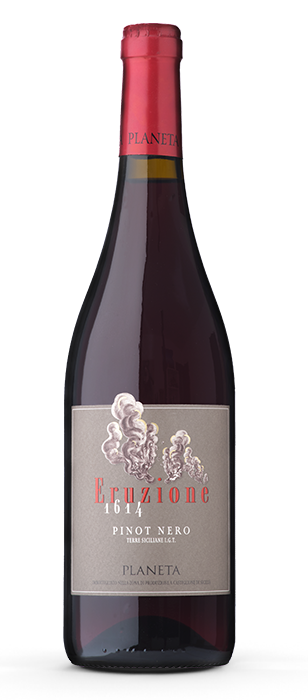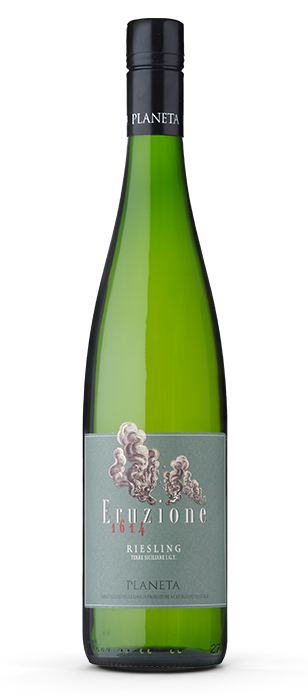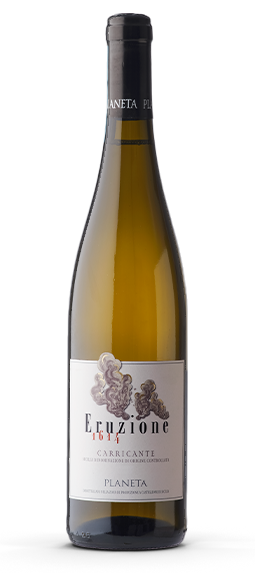The history of the volcano is marked by the eruptions which have shaped it. That of 1614 is legendary; it lasted for 10 years, the longest ever recorded. The vines which produce this wine grow on this actual lava flow. Nerello Mascalese grown on these black soils at a height, for an intensely aromatic red wine with an elegant structure.
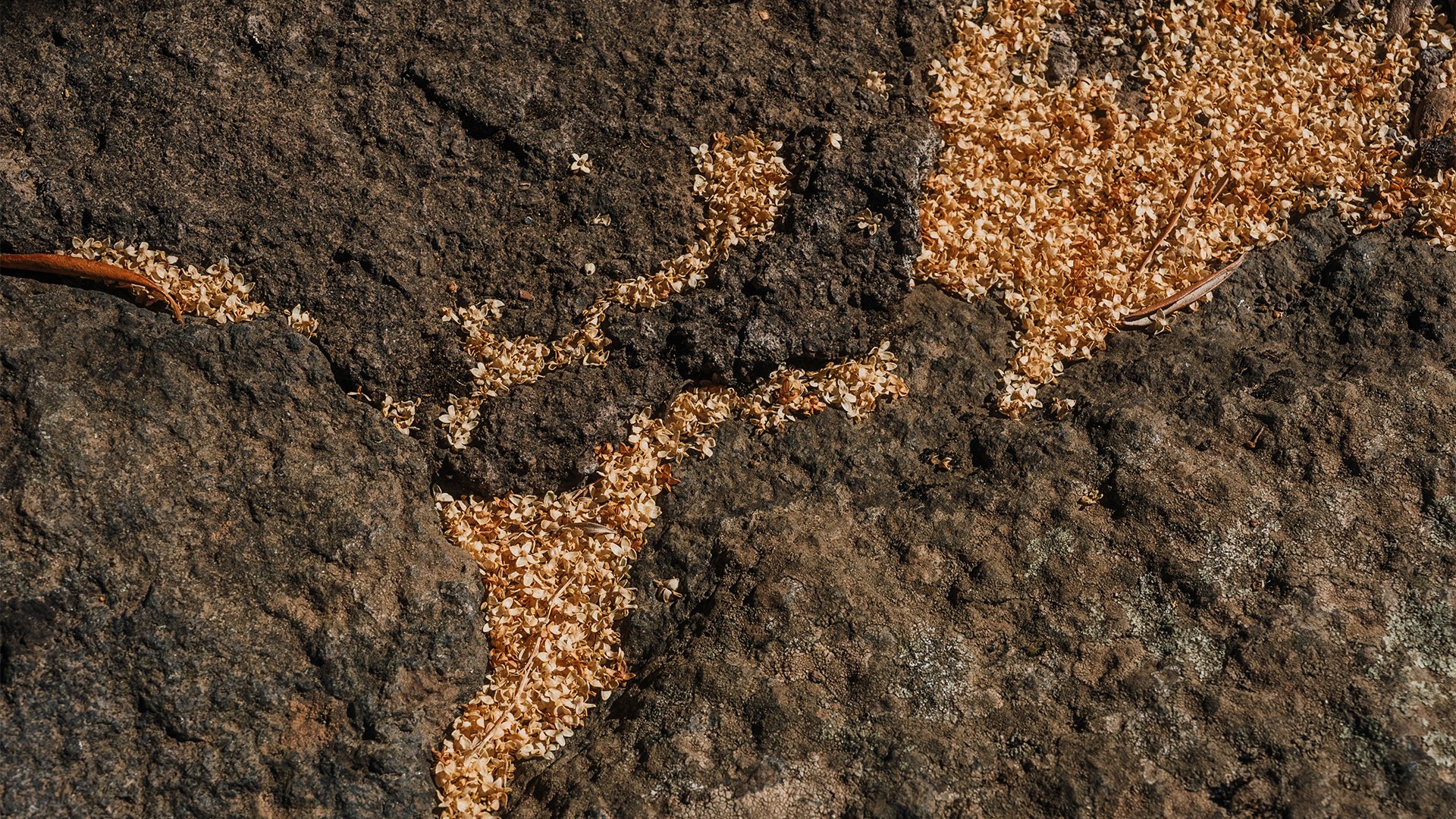
Eruzione 1614 Nerello Mascalese
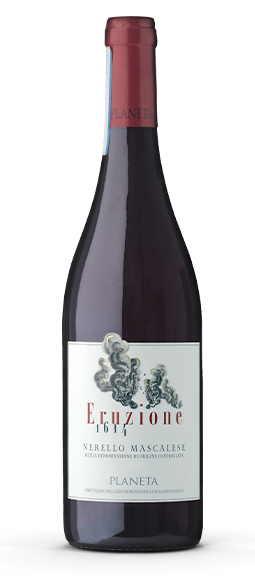

denomination
Sicilia D.O.C.
Variety
100% Nerello Mascalese
Location
Castiglione di Sicilia (CT)
Vineyard
Sciaranuova
First vintage
2010
Details
type of soil
The ground is perfectly placed and with excellent exposure, black with lava sands and due to this extraordinarily rich in minerals with abundant structure of large fragments, surrounded by woods and more recent lava flows.
ALTITUDE
840-860 metres above sea level.
TRAINING SYSTEM
Espalier with spurred cordon and double spurred cordon pruning systems.
METHOD OF CULTIVATION
According to the criteria of organic agriculture and SOStain® protocols; ground cover of wild flowers to augment the organic substance and increase the vitality of the soil’s microfauna, defence of plant health using sulphur and copper in small quantities, prevention of phytophages with useful insects, sexual confusion and application of natural protections such as zeolite, kaolin and vegetable extracts.
Tasting notes
This wine draws its tasting strength and extraordinary aromas of incense of medicinal herbs, hibiscus and wild fennel from the lava sands. The wine is luminous and lyrical, describing without filters the character and refinement of the great mountain red wines, though at latitudes near Africa. Tannins of compact density are drawn with elegance. The sweetness and generosity of wild fruit and currants mingles with aromas of incense and beeswax, a faint almost salty flavour invites a further sip.
